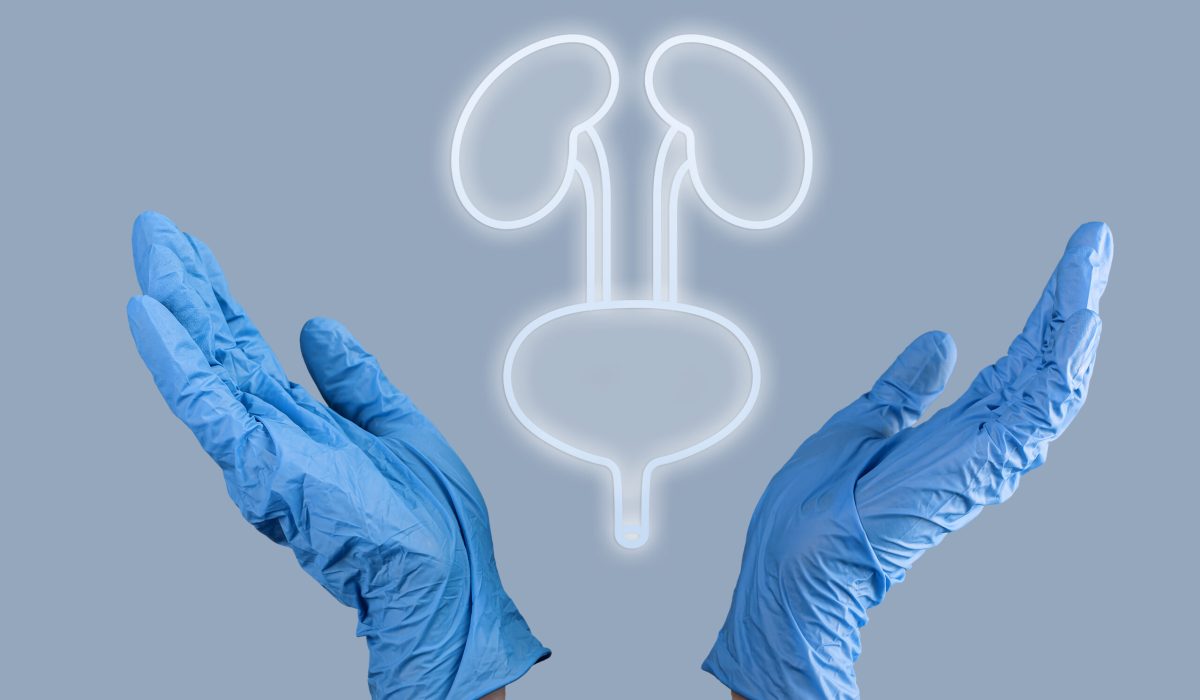Urethral stricture is a condition that narrows the urethra, the tube carrying urine from the bladder out of the body. This can cause various issues and affect an individual’s quality of life. Common causes include injuries, infections, and some medical procedures. Understanding this condition is crucial for patients and their families. It helps them manage daily life challenges and avoid complications effectively. In this beginner’s guide, we will explore the symptoms, causes, diagnosis, treatments, and preventive steps for urethral stricture, aiming to equip readers with essential knowledge.
Understanding Urethral Stricture
The urethra is an essential part of our urinary system, helping urine exit the bladder. Urethral stricture occurs when this passage narrows, causing flow problems. It’s similar to urethra stenosis, which also involves a constriction of the channel. Men tend to be more affected than women. The condition usually affects older individuals and can result from surgeries or traumatic injuries. It’s vital to know more about urethral stricture as it profoundly impacts one’s life if not managed timely. Awareness can aid those affected in seeking appropriate medical intervention.
Identifying Common Causes
Several factors can lead to urethral stricture:
- Injuries: Pelvic or penile trauma might cause narrowing.
- Infections: Urinary tract infections can damage or scar the urethra.
- Medical Procedures: Catheter use or surgeries might result in stricture.
- Sexually Transmitted Infections: Certain STIs might irritate or scar the urethra.
Understanding these causes is essential. Preventing them through proper healthcare practices can reduce the chances of developing a urethral stricture. Recognizing and managing these factors help patients safeguard their urological health.
Spotting Symptoms Early
Recognizing symptoms early can prevent complications:
- Decreased Urine Flow: A weak or split stream can indicate narrowing.
- Discomfort During Urination: Pain or burning when urinating can be a symptom.
- Retention Issues: Inability to empty the bladder completely is a red flag.
Seek emergency care if you experience severe abdominal pain or inability to urinate. Acting quickly can avert serious issues.
Getting a Proper Diagnosis
Diagnosing a urethral stricture involves several steps:
- Consultations: Discuss symptoms with a healthcare provider.
- Tests: These might include urine flow assessments or imaging to view the urethra.
Prepare for appointments by jotting down questions and concerns. This ensures clear communication with your doctor and better care.
Exploring Urethral Stricture Treatment Options
Multiple urethral stricture treatment options exist:
- Dilation Procedures: Expanding the urethra to increase flow.
- Surgeries: Corrective operations to remove narrowed sections.
- Alternative Medicine: Some people explore herbal remedies or yoga for relief.
Being informed is crucial. Following medical advice and prescribed treatments is key to success. Hearing real-life success stories can motivate and reassure those undergoing urethral stricture treatment.
Prevention and Lifestyle Adjustments
Preventive measures can reduce the risk of urethral stricture:
- Maintain Good Hygiene: This keeps infections at bay.
- Sexual Health: Practice safe sex to avoid STIs.
- Stay Hydrated: Drinking plenty helps prevent urinary issues.
- Avoid Physical Injury: Be cautious to prevent trauma to the pelvic region.
Healthcare professionals often stress adopting these strategies in daily life, emphasizing their importance in prevention.
The Role of Mental Health and Emotional Support
Managing urethral stricture can be emotionally challenging. It is essential to have coping mechanisms in place:
- Seeking Therapy: Professional help for stress management.
- Support Groups: Sharing experiences and advice with others.
- Family Engagement: Involving family in care and support.
Guidance for caregivers includes being attentive and offering a listening ear. This support is vital for those dealing with stress or anxiety related to their condition.
Regular Check-Ups and Monitoring
Routine medical check-ups are crucial for avoiding complications from urethral stricture. They help in early detection and management. Monitoring progress with healthcare providers ensures ongoing wellness, enabling prompt responses to any changes.
Conclusion
In summary, understanding and managing urethral stricture involves recognizing symptoms early, getting accurate diagnoses, exploring various treatment paths, and maintaining preventive measures. Open communication with healthcare providers is fundamental to effective management. By staying informed and proactive, individuals can lead healthier, more confident lives despite facing urethral stricture challenges.

